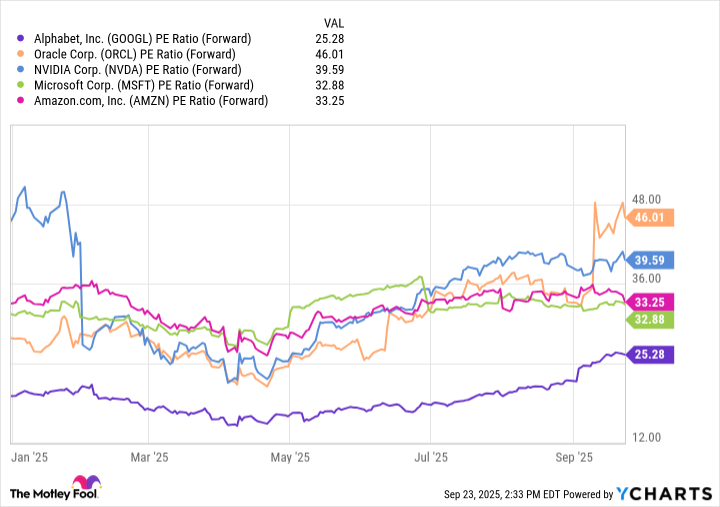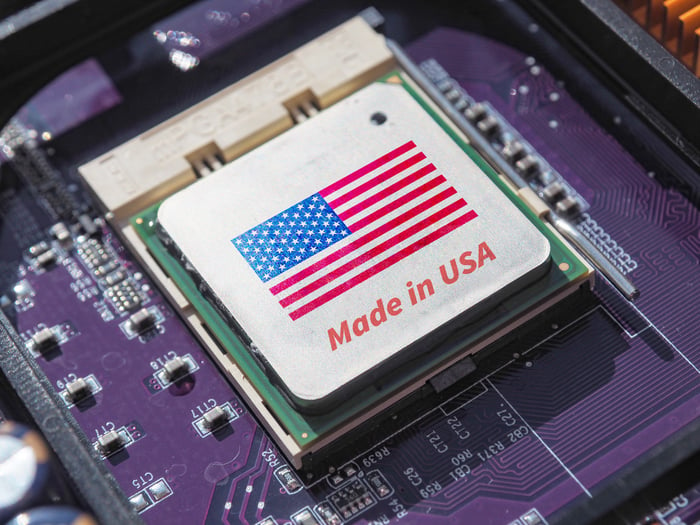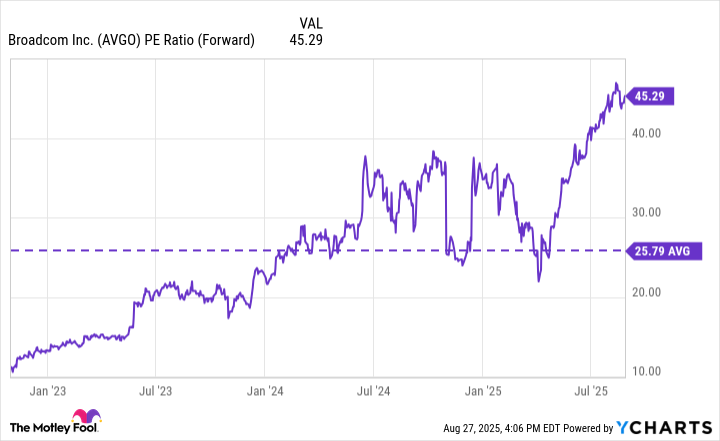EXCLUSIVE: Love Island 2025 star Alima Gagigo has opened up about the extraordinary moment she delivered her baby sister at home – and she’s determined to make a difference in the villa
Love Island stunner Alima Gagigo is already making headlines – and not just for her villa debut. In a story that’s as jaw-dropping as it is heartwarming, the 23-year-old Londoner has revealed she once delivered her baby sister at home using a shoelace to tie the umbilical cord.
The incident happened in January 2020, just before the COVID-19 pandemic took hold. Speaking exclusively to The Mirror, ahead of the brand new series kicking off on Monday June 9, Alima shared the extraordinary moment that proved she’s not just reality TV-ready – she’s resilient under pressure, too.
“Yeah! It was back in January 2020. My sister’s a COVID baby,” she said. “It was just me and my mum at home, and the labour was 15 minutes. I had to tie the umbilical cord with a shoelace while on the phone with paramedics. It was scary but amazing looking back.”
Alima is a wealth management client services executive living in Glasgow. Now, the educated beauty is swapping emergency home births for bikinis and bombshell drama in the sun-soaked Love Island villa, and she’s determined to make a difference while doing it. Representation, she says, is front and centre.
“100%. When I watched the show last year, seeing girls like Whitney made a difference,” Alima told us. “If I can be that person this year, it could give confidence to others who might want to go on the show in the future. Representation really matters.”
Alima, who describes her hair plans as “glueless wigs – closures instead of frontals,” is stepping into the ITV2 spotlight following in the footsteps of fan favourite love island star Whitney Adebayo, who starred on the 10th series joining as a bombshell. And it turns out Whitney’s already showing love for her fellow Islander.
“I actually didn’t know that – this is the first time I’m hearing it!” she said when told of Whitney’s online support. “I follow her and absolutely loved her journey. As another dark-skinned woman, I could really relate. Maybe she supports me because she knows what I might be going through.”
The support from her circle has also been overwhelming, with her family cheering her on from the sidelines.
“Everyone’s buzzing! Friends and family are super excited. My mum was especially excited – taking pictures and everything when she dropped me at the airport!”
And while Love Island’s latest season is already making headlines – ITV bosses recently confirmed they won’t shy away from showing sex on screen if it happens – Alima admits she is “going to stay true to myself.”
“On the outside, I don’t really do that kind of thing, so I don’t think I’ll be getting up to much in the villa either.”
That down-to-earth energy is exactly what fans are already loving. Alima, who says she’s “not really anxious” about how she’ll be perceived as a Black woman on the show, is focused on being authentic.
“Seeing girls like Whitney and Mimii [Ngulube] last year who were themselves and came across amazing gave me confidence,” she added. “I want to be fully myself, regardless of stereotypes.”
She’s not afraid to laugh either – especially when it comes to her biggest dating ick.
“Honestly, if someone rapped or sang to me and it was bad – I wouldn’t know what to say. If it’s good, then fair enough, but if not…awkward!”
As the 2025 series kicks off with a fresh group of hopefuls and more drama promised than ever before, Alima is clearly more than ready to hit the villa.
Catch Love Island every night at 9pm from Monday 9 June on ITV2 and ITVX
Like this story? For more of the latest showbiz news and gossip, follow Mirror Celebs on TikTok , Snapchat , Instagram , Twitter , Facebook , YouTube and Threads .
READ MORE: Butlin’s revamp major holiday park with ‘top quality’ attractions and prices at £69










